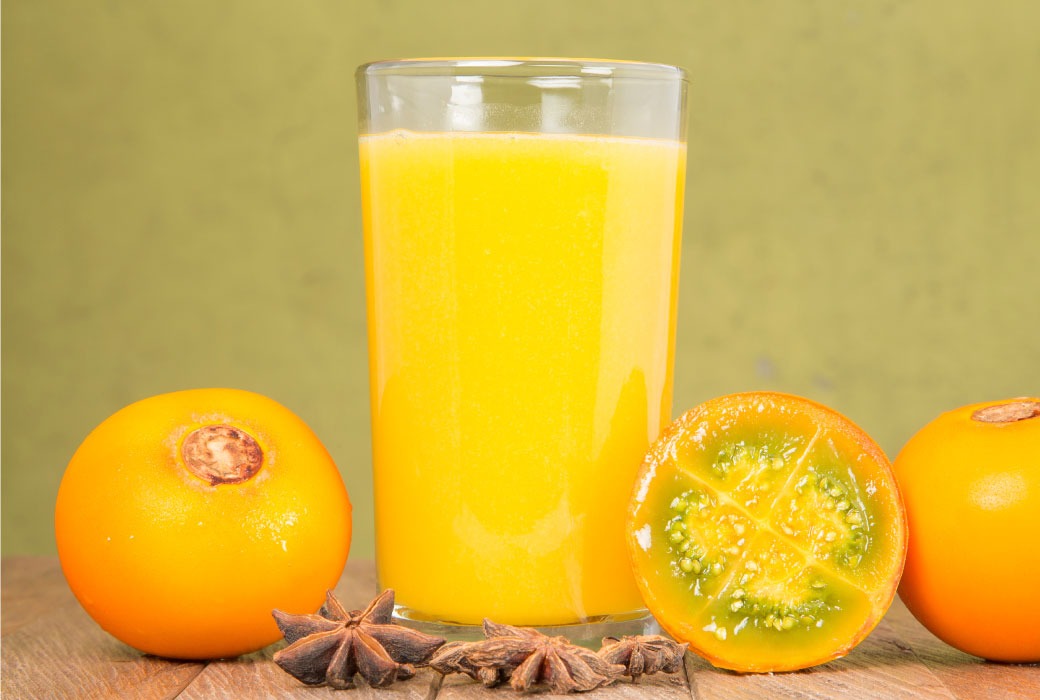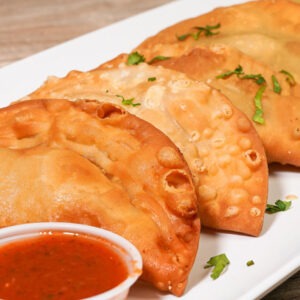Naranjilla, scientifically known as Solanum quitoense, is a member of the Solanaceae family and is prized for its unique flavor and vibrant appearance. The fruit is about the size of a small orange and has a round or slightly oblong shape. It is covered in a thick, fuzzy skin that turns from green to orange-yellow when ripe.
When you cut open a Naranjilla, you’ll find a juicy, pulpy interior that is tart and slightly sweet. The flavor is often described as a combination of citrus, pineapple, and tomato, with a hint of sourness. This unique taste makes Naranjilla a popular ingredient in various culinary preparations.
In Ecuador, Naranjilla is commonly used to make refreshing juices, smoothies, and ice cream. It is also used to prepare sauces, jams, and desserts. In Colombia, the fruit is highly valued and is enjoyed in a similar manner, with Naranjilla juice being a popular choice among locals and visitors alike.
The Naranjilla plant is grown in tropical and subtropical regions, where it thrives in moist, well-drained soils. It requires a warm climate with temperatures between 60°F and 85°F (15°C and 30°C) to grow successfully. The plant has large, broad leaves and can reach a height of up to 6 feet (2 meters).
Naranjilla is not only prized for its culinary uses but also for its nutritional benefits. It is a good source of vitamins A, C, and E, as well as potassium, calcium, and phosphorus. The fruit is also known for its antioxidant properties.
If you have the opportunity to taste Naranjilla or Lulo, you’ll experience a unique and delicious flavor that is distinct to the tropical regions of South America.
Please note that availability of Naranjilla may vary depending on your location and the season. It is best to check with local markets or specialty stores for the availability of this tropical fruit.





